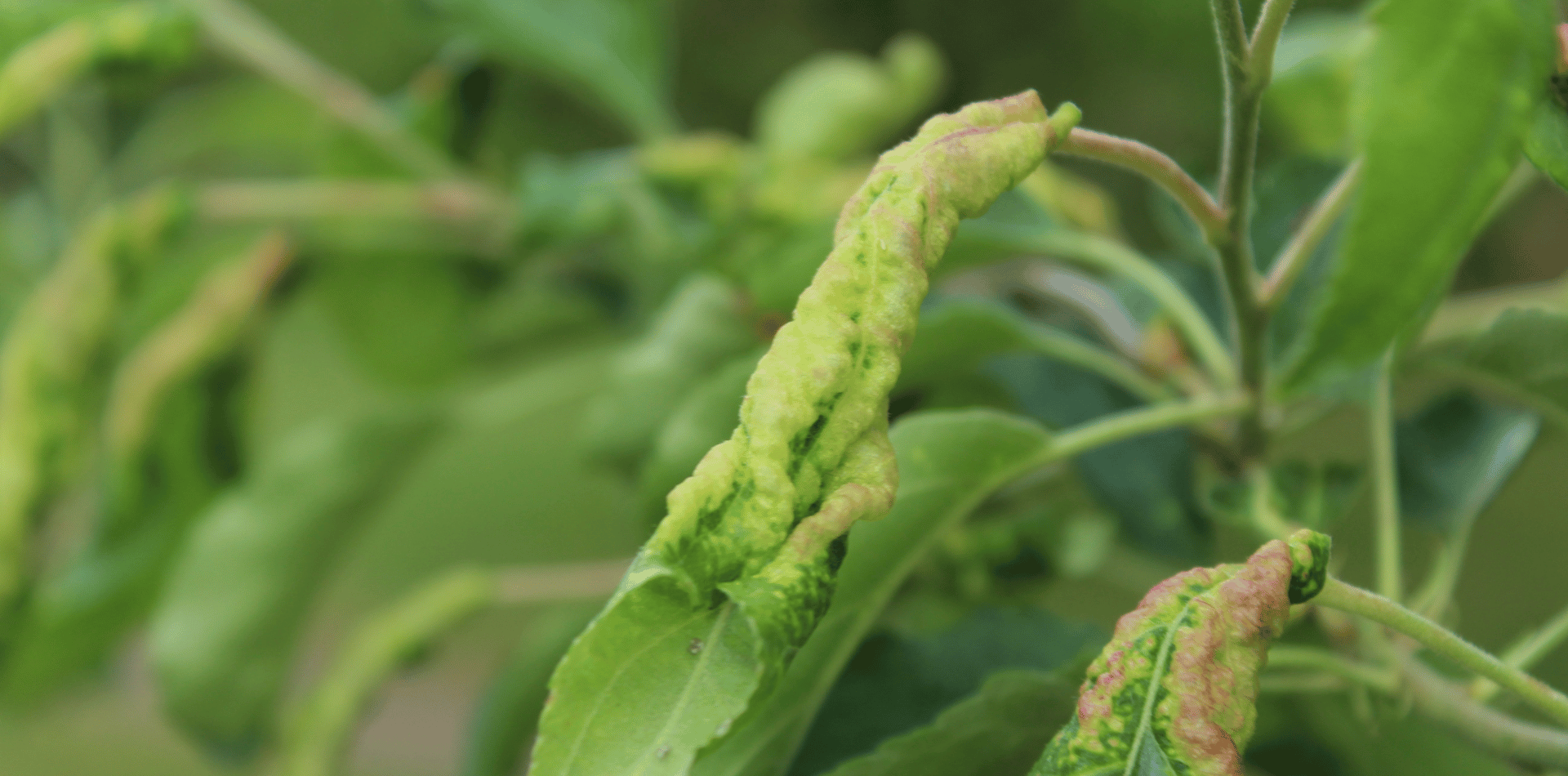The Essential Role of a Qualified Arborist: Safeguarding Your Trees and Landscape
The Essential Role of a Qualified Arborist: Safeguarding Your Trees and Landscape

Amidst the urban sprawl and natural beauty that surrounds us, trees stand as timeless sentinels of nature's grandeur.
From the majestic gums that grace our parks to the delicate cherry blossoms that adorn suburban gardens, trees enrich our lives in profound ways. Yet, their health and vitality require more than just casual attention. The expertise of a qualified arborist is essential to ensure their well-being and longevity.
Let's have a look at the profound significance of using a qualified arborist and how their knowledge and skills extend beyond simple tree care.
Understanding the Arborist's Role
An arborist, often referred to as a tree surgeon, is not just a pruner of branches or a remover of stumps.
Their role goes far beyond these surface tasks. A qualified arborist is the guardian of an intricate and thriving ecosystem, possessing a deep understanding of trees' biological makeup and their relationship with the environment.
These experts hold a unique position, armed with both scientific knowledge and practical experience, allowing them to make informed decisions about the care and management of trees.
The Science Behind Arboriculture
Arboriculture is more than a vocation; it's a science that underpins every action taken by a qualified arborist. These professionals delve into the depths of tree biology, comprehending the processes of growth, disease susceptibility, and environmental interactions.
This scientific foundation serves as the cornerstone for their expertise, enabling them to diagnose issues, recommend treatments, and implement practices that foster optimal tree health.
Benefits of Hiring a Qualified Arborist
Engaging the services of a certified arborist is an investment that yields invaluable returns for your landscape.
Beyond the obvious advantages like improved aesthetics and curb appeal, a qualified arborist's involvement leads to healthier trees that are more resistant to diseases and pests.
Furthermore, well-maintained trees can substantially increase property values and reduce maintenance costs over time.
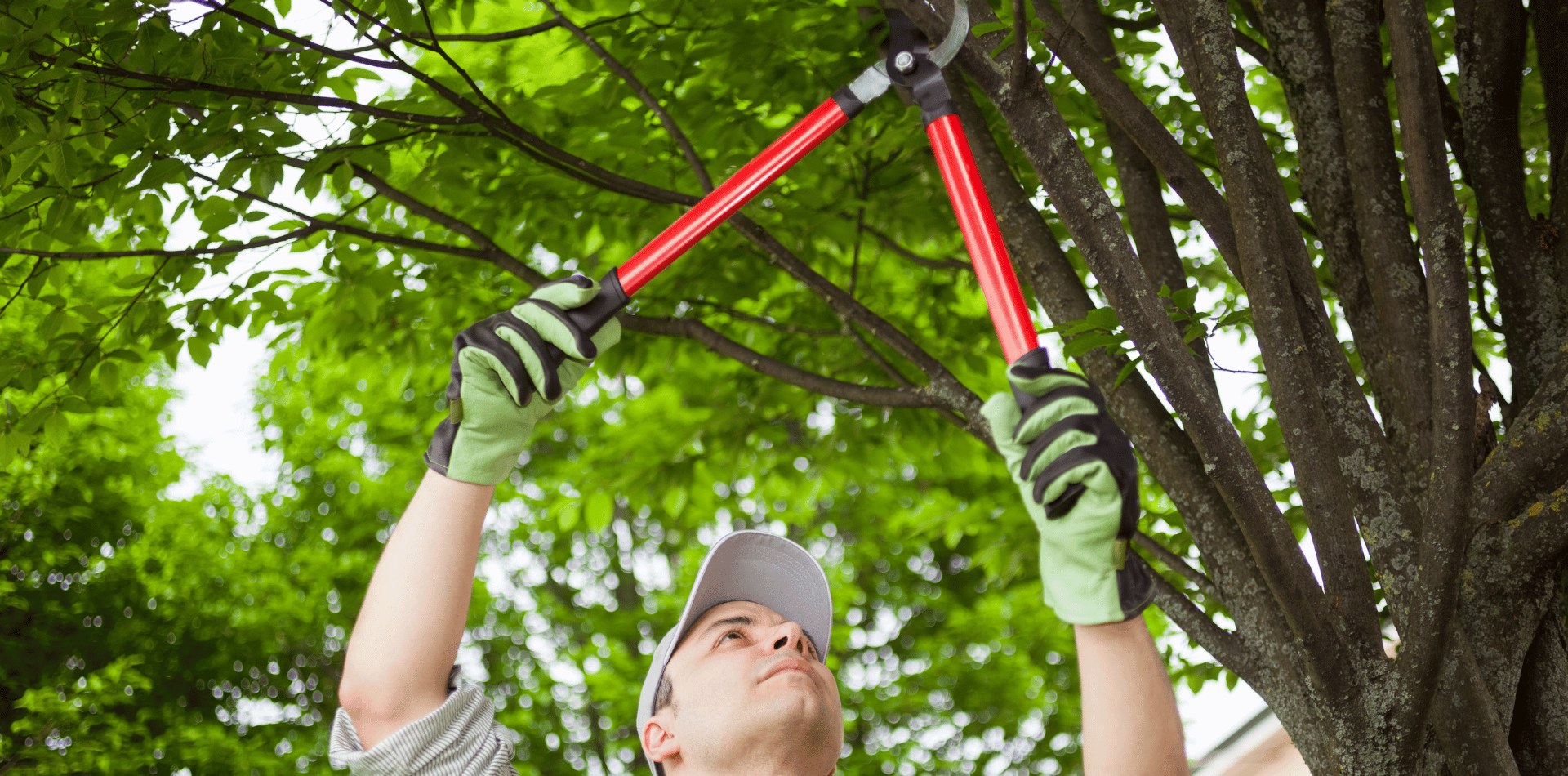
Tree Pruning: More than Meets the Eye
Pruning is often misunderstood as a mere cosmetic exercise, but it's a vital aspect of tree care that requires finesse and knowledge.
A qualified arborist doesn't simply shape trees for visual appeal; they use their expertise to promote longevity, structural integrity, and overall tree health.
Through strategic pruning, they can remove dead or hazardous branches, enhance sunlight penetration, and mitigate the risk of disease development.
Detecting and Mitigating Tree Diseases
Arborists are akin to tree detectives, equipped with the skills to identify and combat various diseases that can plague our leafy companions. They possess an in-depth understanding of common tree ailments and pests, enabling them to detect issues early on and recommend appropriate treatments.
This proactive approach helps maintain the balance of the natural environment and safeguards the health of trees.
Tree Removal as a Last Resort
While arborists are champions of tree health and longevity, they also recognise that tree removal can become a necessary step under certain circumstances.
A qualified arborist ensures that tree removal is executed with precision, safety, and consideration for ecological and aesthetic factors. Their expertise allows them to assess when removal is unavoidable and how to minimise the impact on the surrounding landscape.
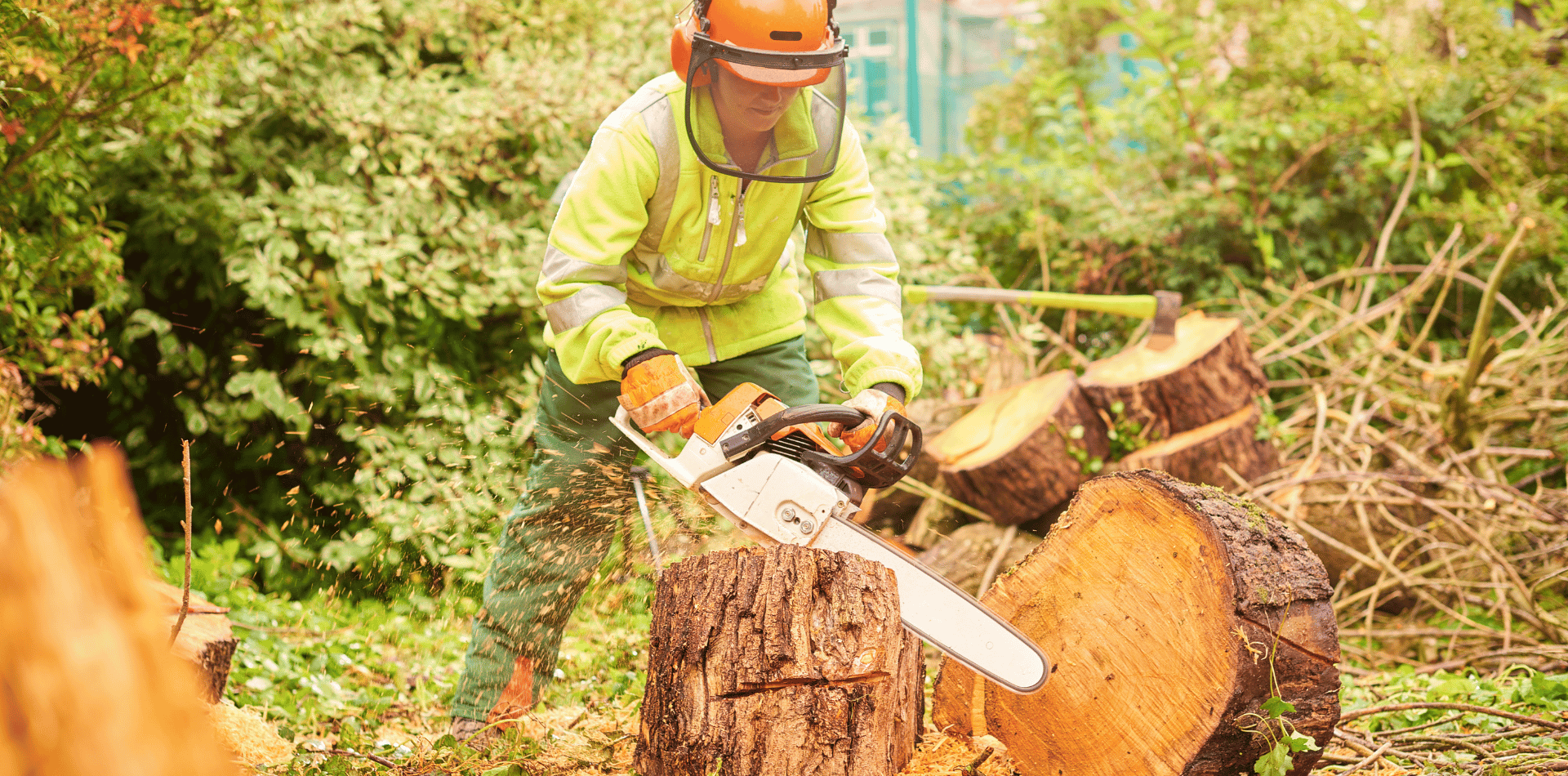
Preserving Trees in Urban Landscapes
In urban environments, the coexistence of concrete and greenery poses unique challenges to tree health. Qualified arborists play a pivotal role in navigating these challenges, working to preserve trees that are essential for air quality, shade, and overall urban aesthetics.
Through proper planting, maintenance, and disease management, arborists contribute to the vitality of urban green spaces.
Qualifications and Certifications:
What to Look For
Not all tree care providers possess the same level of expertise. It's crucial to understand the qualifications and certifications that distinguish a qualified arborist from others. Look for Certificate III in Arboriculture from the Australian Institute of Arboriculture. A certified arborist has demonstrated their commitment to upholding industry standards and staying informed about the latest developments in arboriculture.
Cultivating a Future with Arborists
The legacy of well-cared-for trees is a gift for generations to come, nurtured by the hands of skilled arborists. As we move forward, it's important to recognise the significance of promoting arboriculture as a profession. By supporting tree care initiatives and considering arboriculture as a viable career path, we can ensure that our landscapes continue to thrive and that the vital role of qualified arborists remains acknowledged and valued.
Sustaining Green Legacies: Acknowledging the Arborist's Role
As we conclude our exploration of the vital role that qualified arborists play, it's evident that their influence extends far beyond the trees they care for.
They are stewards of our environment, champions of sustainability, and custodians of beauty.
By entrusting the care of our trees to qualified arborists, we contribute to the preservation of our natural heritage and the enhancement of our surroundings.
FAQ
Q1: What is the difference between an arborist and a regular tree service provider?
While both may offer tree-related services, an arborist holds specialized qualifications and certifications, demonstrating a deeper understanding of tree biology, care, and management. Arborists make informed decisions based on scientific knowledge, promoting the overall health and longevity of trees.
Q2: How often should I have my trees inspected by an arborist?
Regular tree inspections by a qualified arborist are recommended at least once a year. This allows them to detect early signs of disease, assess structural integrity, and provide timely care to maintain tree health.
Q3: Can arborists help with planting new trees as well?
Absolutely. Arborists are knowledgeable about suitable tree species for specific environments, proper planting techniques, and ongoing care requirements. Their expertise ensures that newly planted trees have the best chance of thriving.
Q4: Are there any specific qualifications I should look for when hiring an arborist?
Look for certifications such as those offered by the Australian Institute of Arboriculture (AIA) or affiliations with reputable tree care associations. These indicate a commitment to professional standards and ongoing education in arboriculture.
Q5: How can I support the field of arboriculture?
You can support arboriculture by advocating for urban tree planting and preservation initiatives in your community. Additionally, encouraging young individuals to consider careers in arboriculture can contribute to the growth and sustainability of this vital field.


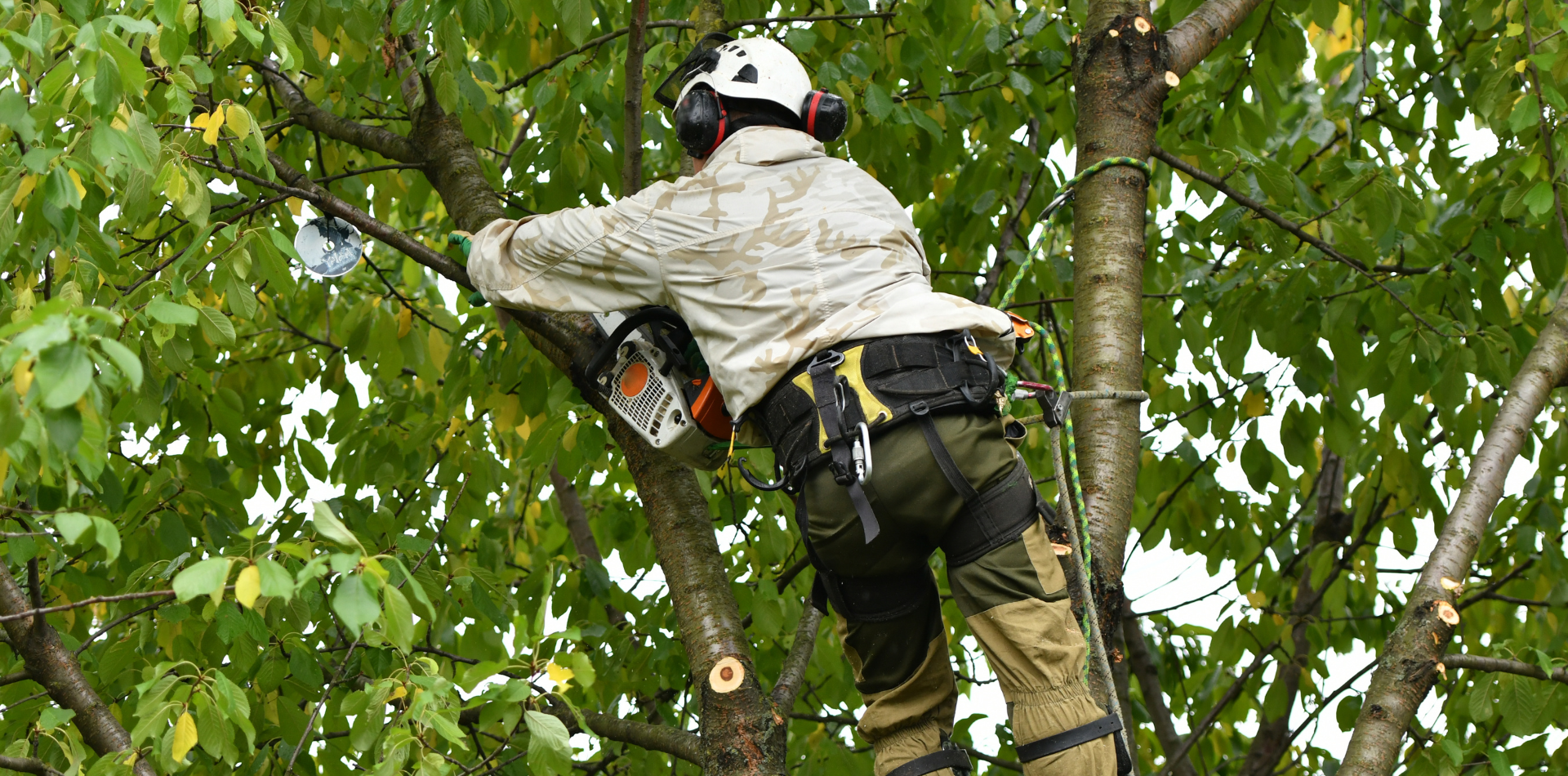
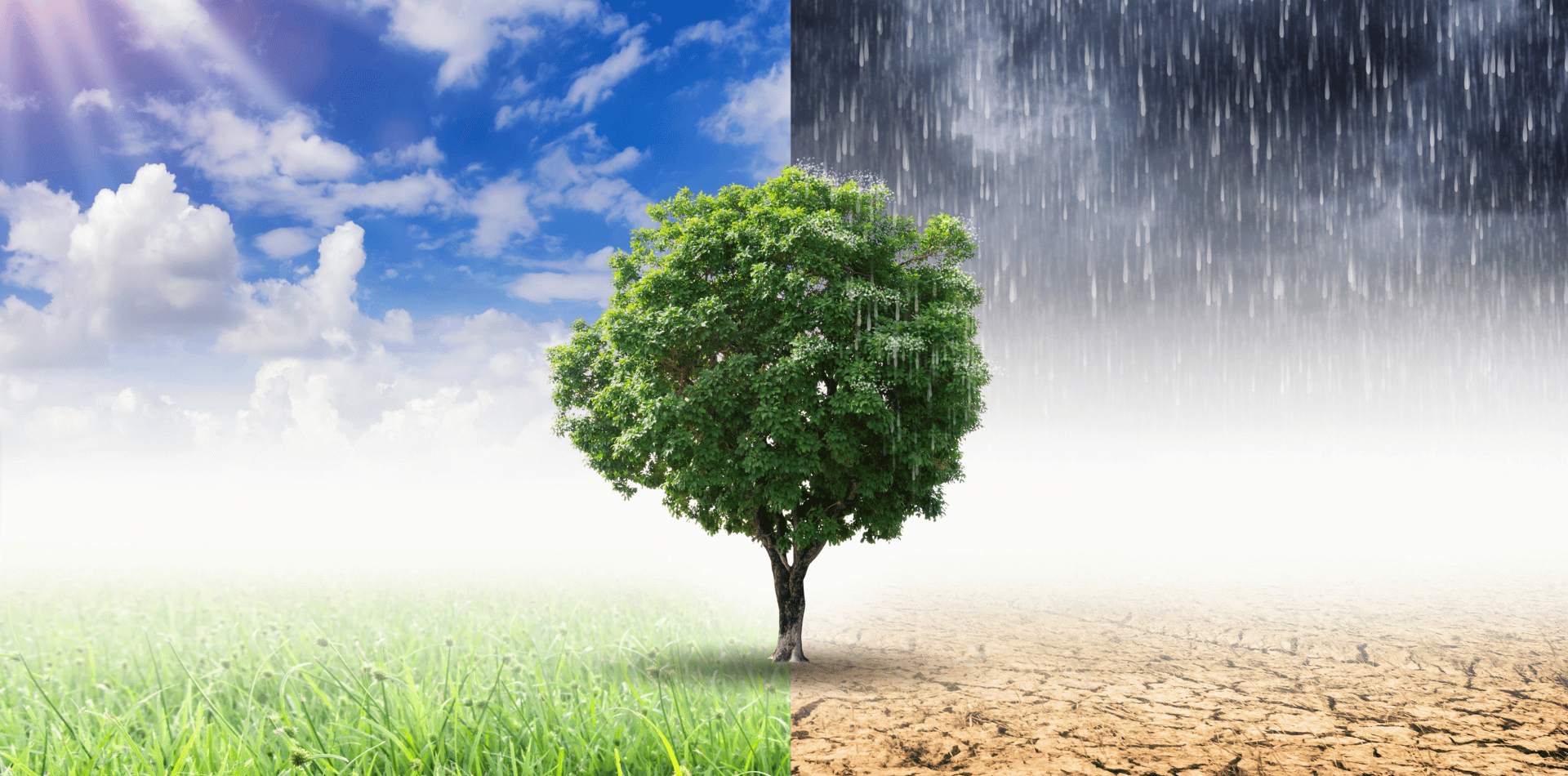

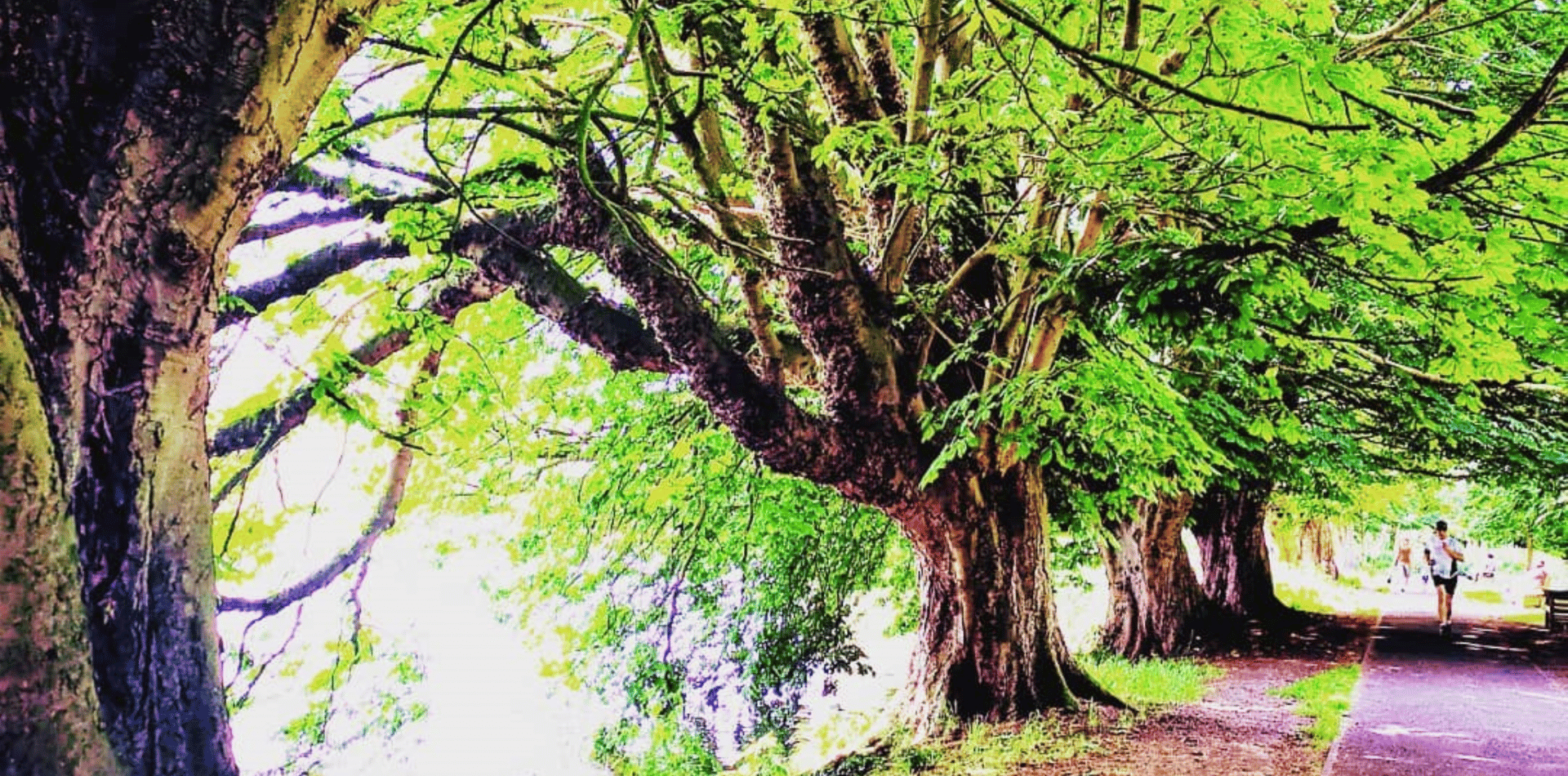
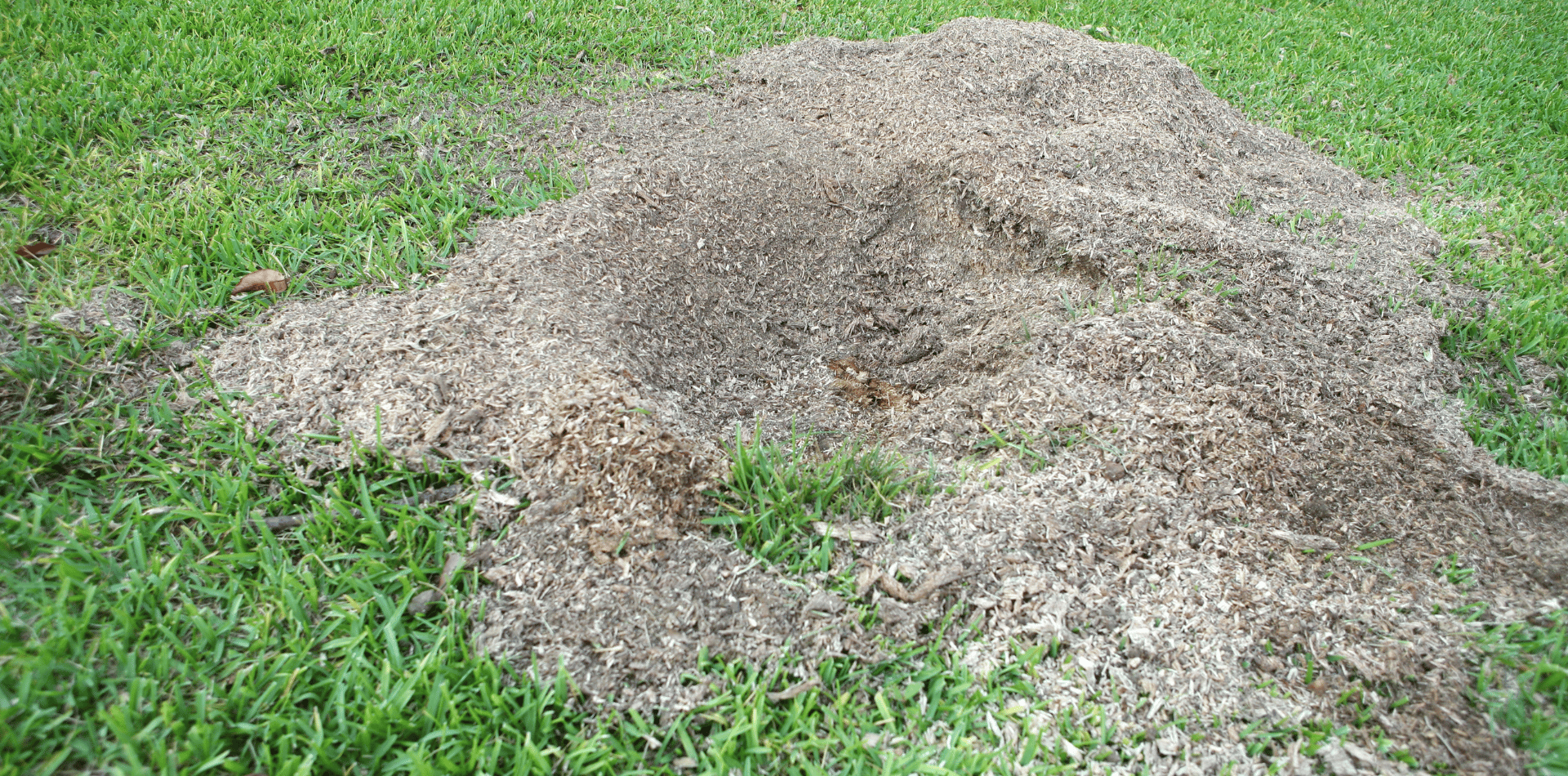
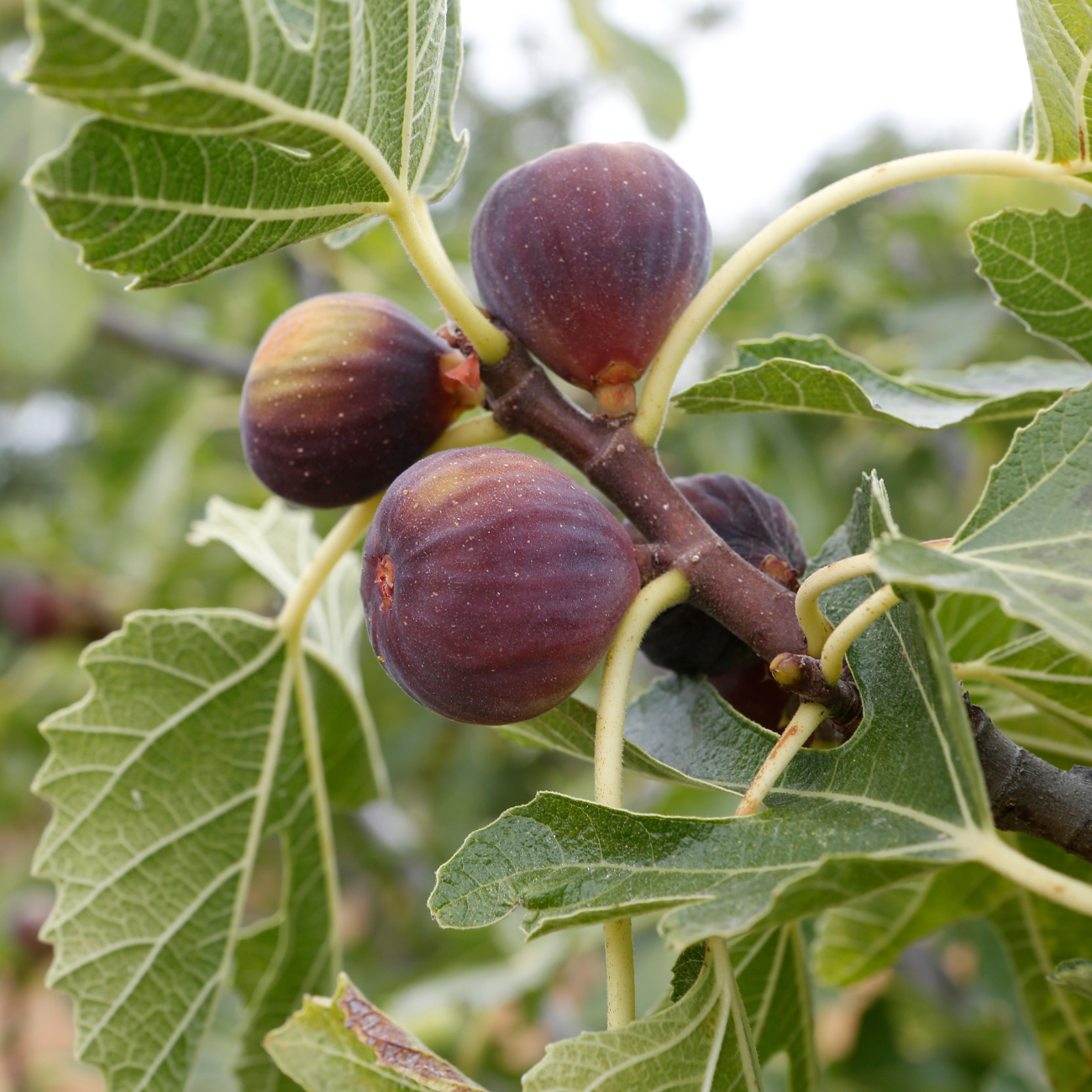

Contact
Kaptol Tree Removal Newcastle
A Member of the Kaptol Group
Powered by Kaptol Media

